Ready to explore the world? Here’s what to know before you go
This guide by TravelersNetwork covers everything you need to know for smooth international travel, being well-prepared can make all the difference. Discover how to make your next trip unforgettable and stress-free with us now.
1. Check your Passport and Visa Requirements
First things first: double-check your passport and visa requirements for the destination. Many countries require your passport to be valid for at least six months beyond your arrival date. If you need a visa, some countries offer easy online processes, but others might take weeks to approve.
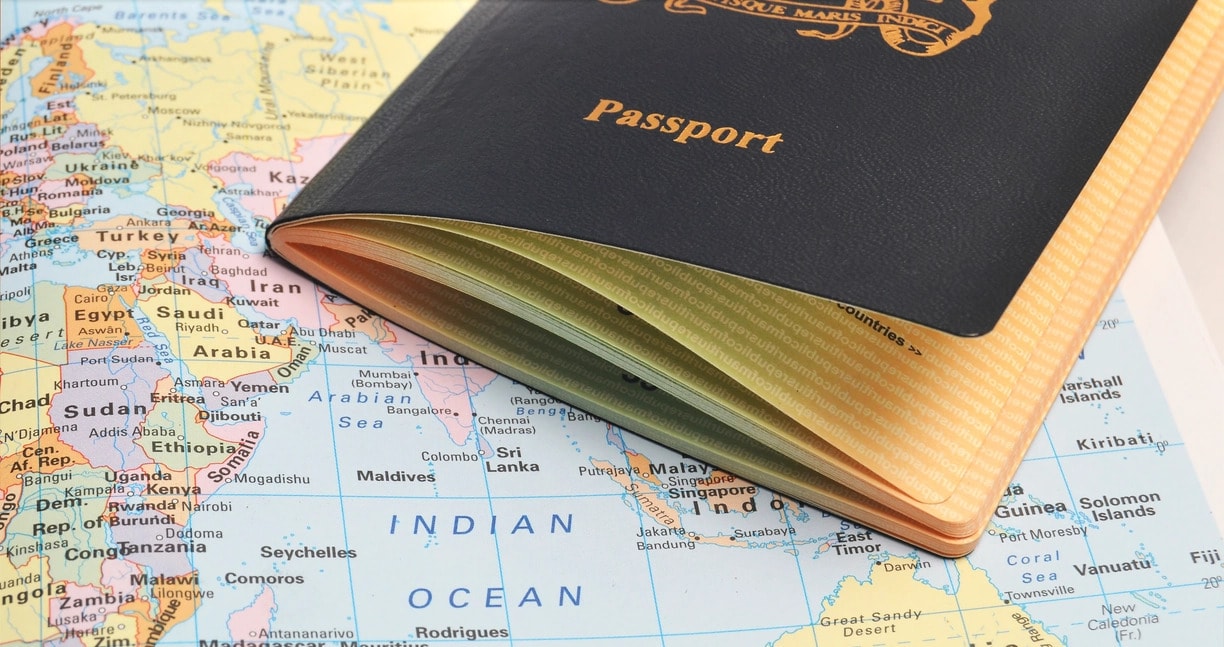
Start early to avoid last-minute stress—there’s nothing worse than having your trip delayed or canceled because of paperwork issues.
For example, if you’re traveling to Vietnam, you can easily apply for an e-visa online, while India requires an e-visa that might take a few days to process.
2. Get vaccinated & pack health essentials
Many countries require certain vaccinations, like yellow fever or hepatitis A, depending on where you’re coming from. Visit a travel clinic or consult your doctor at least a month in advance to ensure you’re covered. The CDC website is a helpful resource that is worth checking.

Tip: Pack a small health kit, including essentials like: pain relievers, allergy meds, basic first-aid items.
I learned this the hard way in Peru when I realized I’d left altitude sickness meds behind – trust me, it’s a game-changer in high-altitude destinations like Cusco or the Himalayas.
3. Plan your money: Cards, Cash, and Apps
Currency matters! Before you board that plane, research your destination’s currency and payment methods. Some countries, like Japan, are still largely cash-based, while others, such as Sweden, rarely use cash at all. I recommend carrying two debit or credit cards in case one doesn’t work or gets lost.
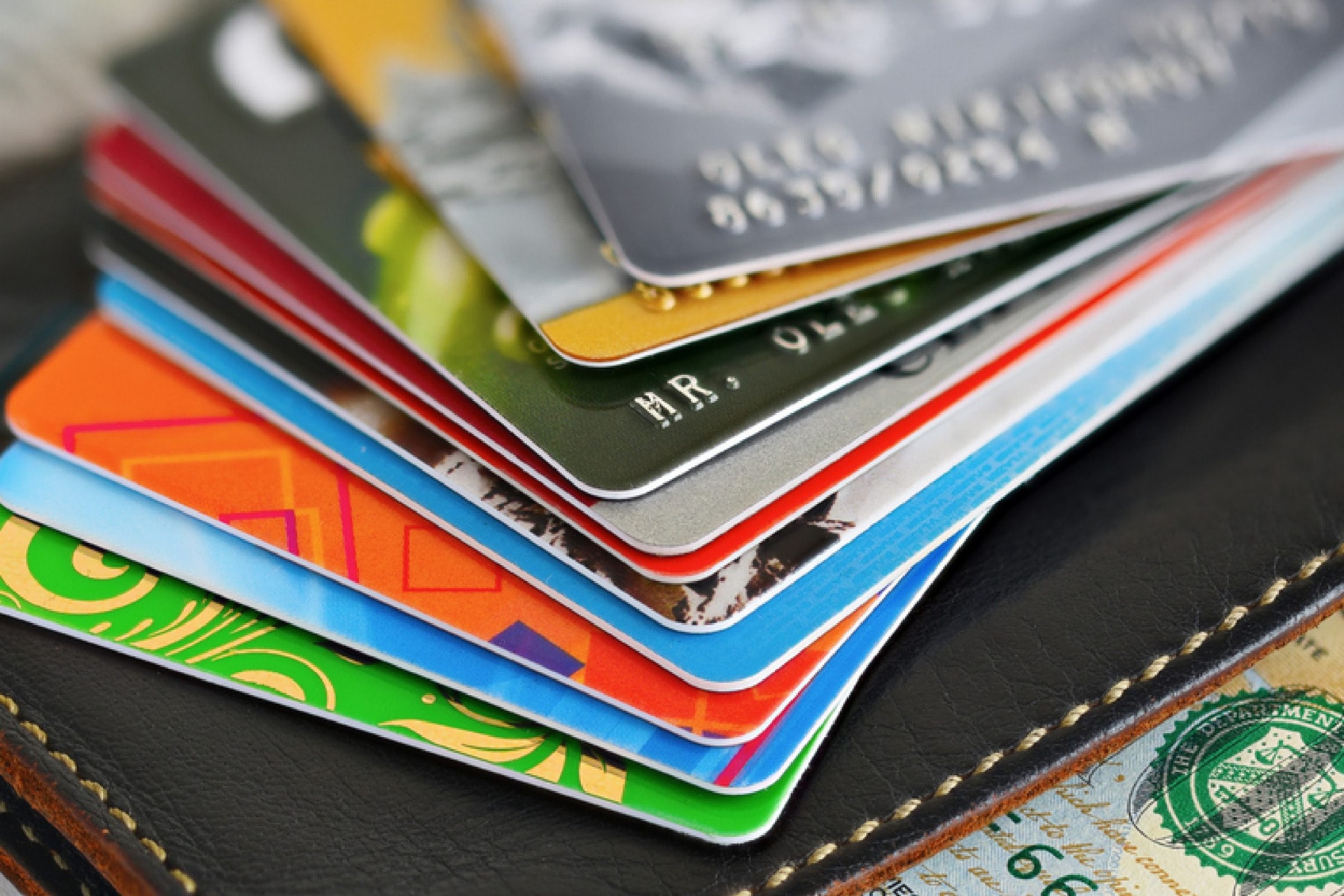
Consider these money tips:
- Notify your bank of your travel dates so they don’t freeze your account for suspicious activity.
- Get a no-foreign-transaction-fee card if possible to save money.
- Download currency conversion apps like XE or Revolut for quick conversion rates.
And always carry a bit of emergency cash—usually in USD or Euros—as it’s accepted almost everywhere and can be a lifesaver if ATMs are down or your card stops working.
4. Pack smart and light
Packing light and smart will make things easier, because international travel can mean long hauls, layovers, and tight luggage restrictions. Prioritize versatile, wrinkle-free clothing, and remember to check the weather forecast for your destination.
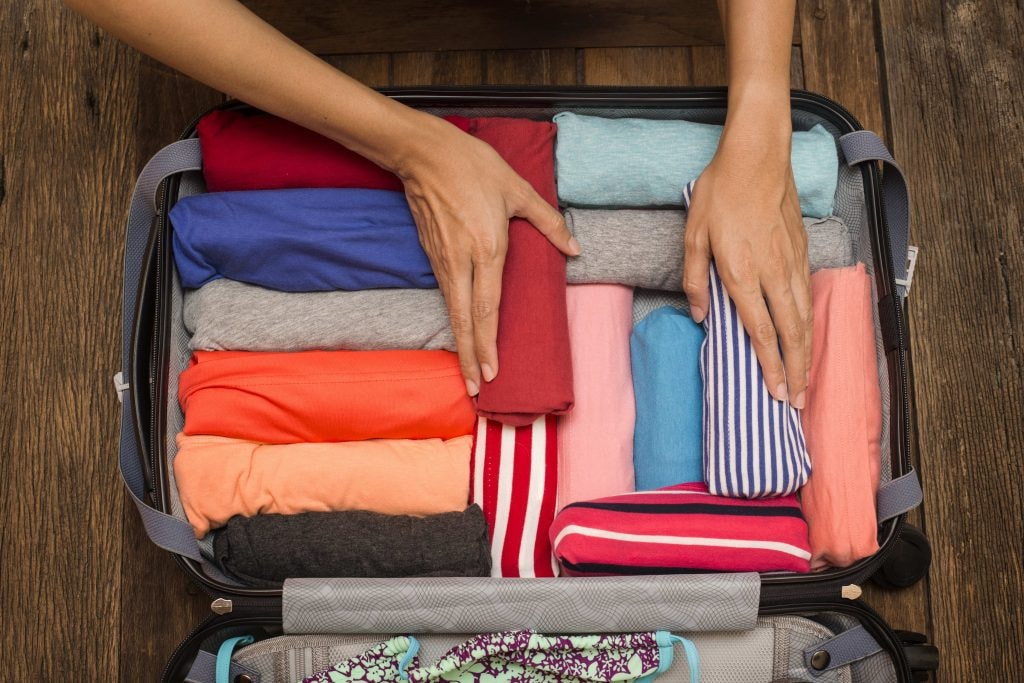
Packing tips to keep in mind:
- Roll your clothes instead of folding to save space and reduce wrinkles.
- Use packing cubes for organization—these make it super easy to find essentials in a hurry.
- Carry a power adapter and portable charger since outlets vary from country to country, and no one wants a dead phone in a new place.
I once forgot a universal adapter on a trip to Italy and spent a frustrating day looking for a compatible one. Don’t let that happen to you—always double-check your tech essentials.
5. Download useful Travel Apps
Offline maps, translators, and currency converters are my go-to recommendations for easy navigation and communication. You know, a few apps can make a world of difference, especially in a new country.
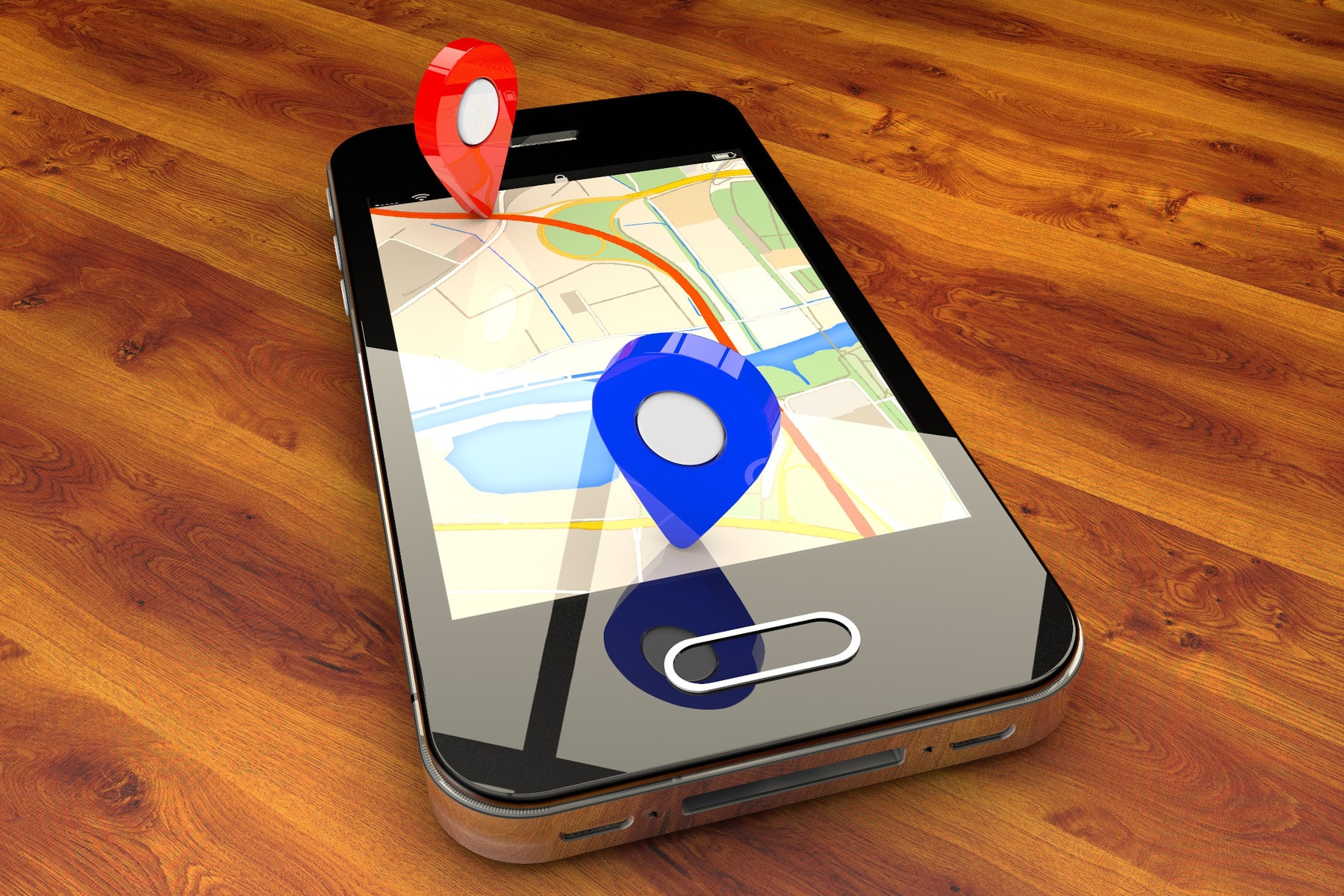
Top travel apps:
- Google Maps for offline maps (just download the area in advance)
- Google Translate for quick translations (also available offline with downloaded languages)
- Rome2Rio for transport comparisons and routes if you’re hopping between cities
I learned the value of Google Translate in Korea when I was trying to order food at a local spot with no English menu—it made the experience fun instead of stressful.
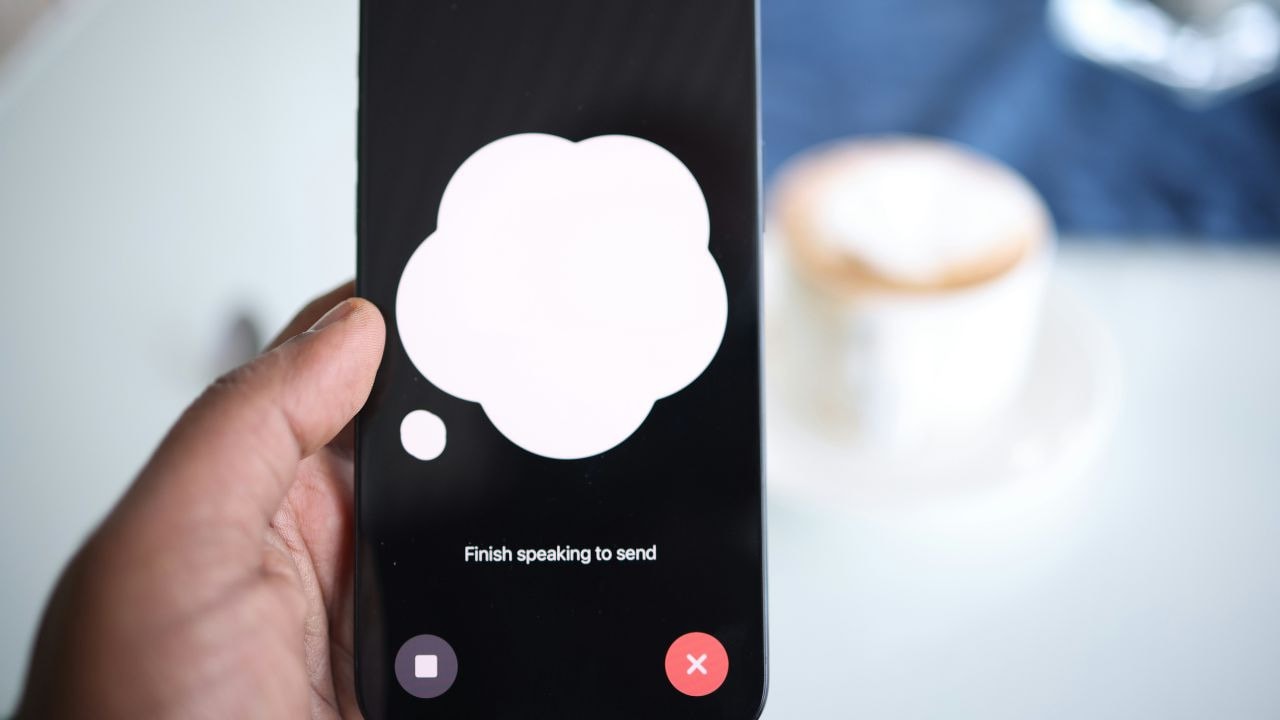
Lately, I’ve also been using ChatGPT for real-time voice translation. You can chat directly by tapping the headphone icon in the app—it’s like having a bilingual friend with you. Picture this: You’re at a cozy market in Lisbon, chatting with a local seller about their handcrafted ceramics. With ChatGPT’s voice feature, you can respond in their language naturally, making the conversation feel genuine. It even picks up on the tone, so you get responses that feel authentic and warm.
6. Make copies of important documents
Losing your passport or travel documents in a foreign country is a nightmare, so it’s wise to have backup copies. Make digital copies of your passport, visa, travel insurance, and any other critical documents, then email them to yourself and a trusted family member. You can also save copies on a secure cloud storage service, so you’ll have access even if your phone or laptop goes missing.
7. Buy Travel Insurance
This one’s non-negotiable. Travel insurance might feel like an unnecessary expense, but it can save you thousands of dollars in case of an emergency.
Imagine needing medical treatment abroad or having to cancel your trip at the last minute—travel insurance covers situations like these. Make sure to check the policy details so you know what’s covered, like medical expenses, lost luggage, or flight cancellations.
Personally, I had to rely on travel insurance when I fractured my foot in Bali, and it covered not only the hospital bills but also my early flight back home. Don’t skip this step!
Preparation is Key to Enjoying the Journey
Traveling internationally is a thrilling experience, but a bit of preparation goes a long way in keeping it smooth and enjoyable. From checking your passport to packing smart and securing travel insurance, these essential steps help you focus on the fun parts of your trip without worrying about logistics. Follow these tips from TravelersNetwork for your next adventure, and you’ll be ready to take on the world with confidence.






Leave a Reply